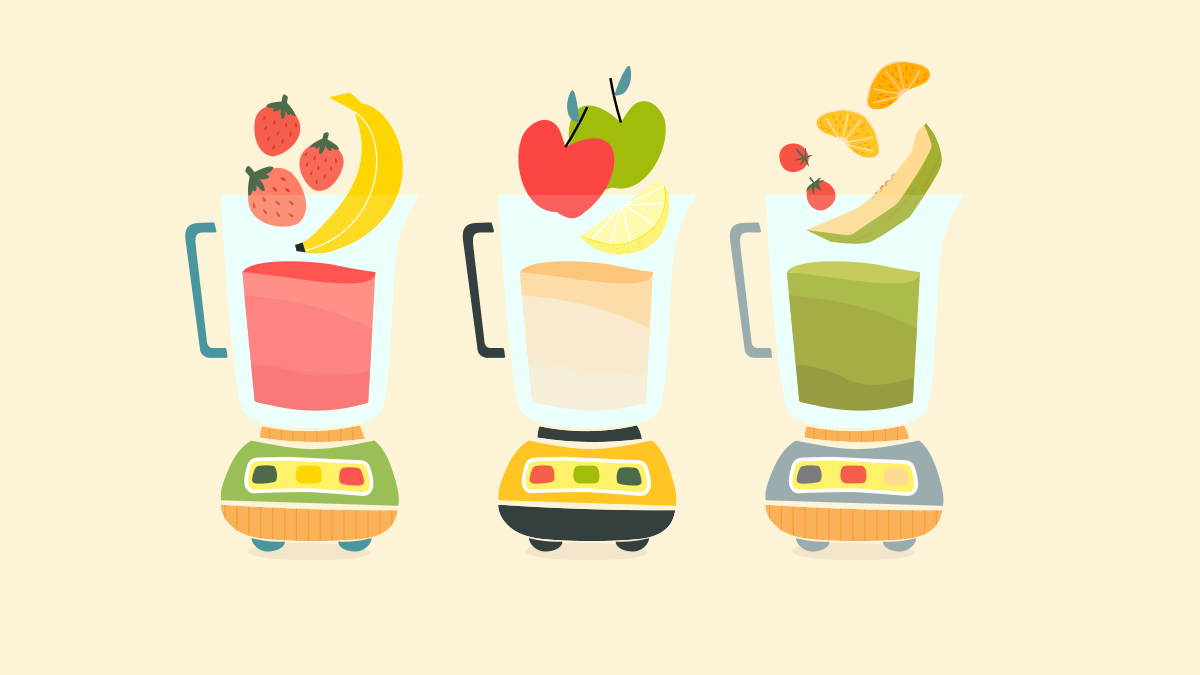Many people who buy juicers think of them just as a device to blend fruits and vegetables or make a milkshake and don’t realize that there are actually different types of juicers that are very different from each other at a mechanical level. Naturally, these different types of juicers are better at different things and are designed with a specific purpose in mind.
Even though juicers are a staple kitchen appliance that nearly everyone uses, many people don’t know which kind of juicer is best for them. In fact, the differences between the main three types of available juicers are quite significant, and it has a big impact on the end product.
Moreover, even within domestic grade juicers, different types of juicers can be priced at very different price points. Their mechanical features have different implications for the user in terms of how easy they are to use, how cost-effective they are to run, and how durable and reliable they are over the long run.
Let’s break down the different types of juicers and see what sets them apart and what each one is best used for.
1. Centrifugal
These are the most inexpensive type of juicers but they are an excellent option if you are looking for a device that can juice hard fruits and vegetables such as carrots, beetroots, and apples. This form of juicer relies on a rapidly spinning basket with fine teeth to shred the hard material and extract its juice. As the name implies, this juicer relies on centrifugal force to push this shredded matter down through a fine sieve which separates the solid matter from the liquid. While this system is a fantastic filter, the juice can often be foamy. The foam can easily be removed with a spoon but some people might not like this. Moreover, this juicer doesn’t work well with leafy greens, so if you’re looking to make spinach juice, this one is not for you.
2. Masticating
Masticating juicers are the more expensive type of juicers, though they do offer extremely efficient juicing that helps you get the most out of your fruits and vegetables. The juicing mechanism on these devices performs just like how humans and animals chew their food. A set of sharp teeth press down on the fruit or vegetable, crushing it in a chewing fashion and extracting the juice. According to masticating juicers reviews, this device produces juice with no foaming and no oxidization. Some people also say that these juicers yield more nutritious juice since vitamins are not lost due to the juicer heating up. This is why these juicers are also known ‘cold press’ juicers, essentially staying cool and pressing the juice out of the food. Some masticating juicers come in a formation in which the motor of the juicer can be connected to other attachments which provide other functions, such as making dough. This does tend to make them more expensive but even dedicated masticating juicers will be more expensive than other centrifugal juicers.
3. Triturating
These are the most expensive, and fittingly, the largest and most efficient types of juicers you can get. They work on the same concept as the masticating juicers, but rather than using teeth, they use a set of gears that first crushed the food and then grinds it down into very fine particles. The result is a very high-quality juice with no foaming or oxidization and this result is verifiable with the extremely dry fruit and vegetable residue that you will find. You also have the option to buy slow and fast triturating juicers, while some versions allow variable speeds and you can choose whether you want it fast or slow. Some argue that the slow juice pressing method yields better juice and that this juice will be more nutritious. Generally, the slower setting is used for either large fruits such as lengths of sugar cane, or it can be used to press very hard foods, such as nuts when you use the triturating juicer to extract oils from them. These are also known as twin gear juicers and are the preferred type of juicer for commercial and industrial applications largely due to their efficiency. However, even domestic versions of this juicer can be quite large as they are usually in a horizontal formation so make sure you have enough counter space for these.
If you are looking to grind up everyday fruits and vegetables you could get by with a centrifugal juicer, though it’s cheap, it can be noisy and it’s not ideal for large batches of juice. On the other end of the spectrum, twin gear juicers are excellent machines but they are expensive. If you are new to juicing, you could start off with a simple juicer, and if you see value in other types of juicers you could upgrade as you go along.
